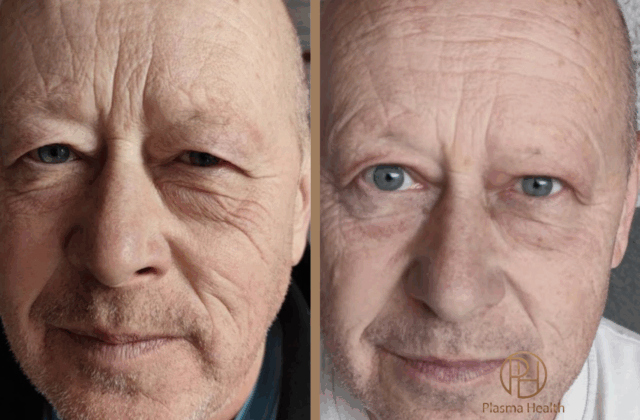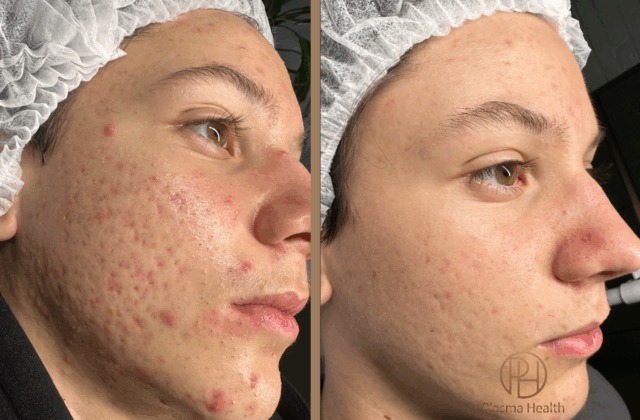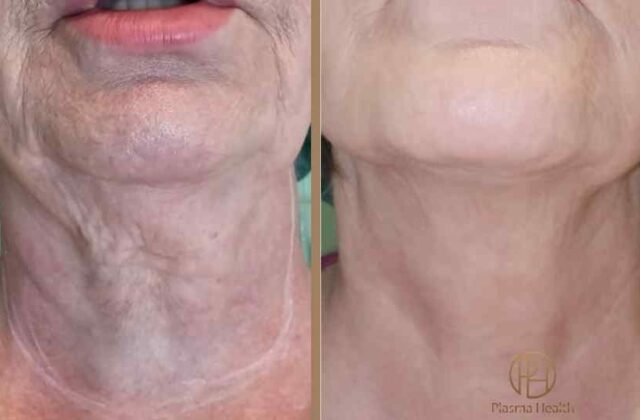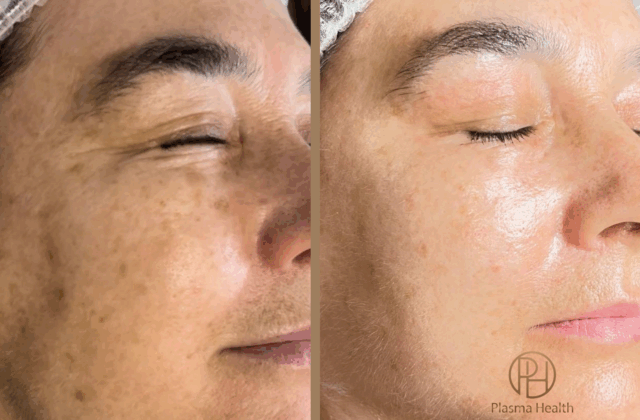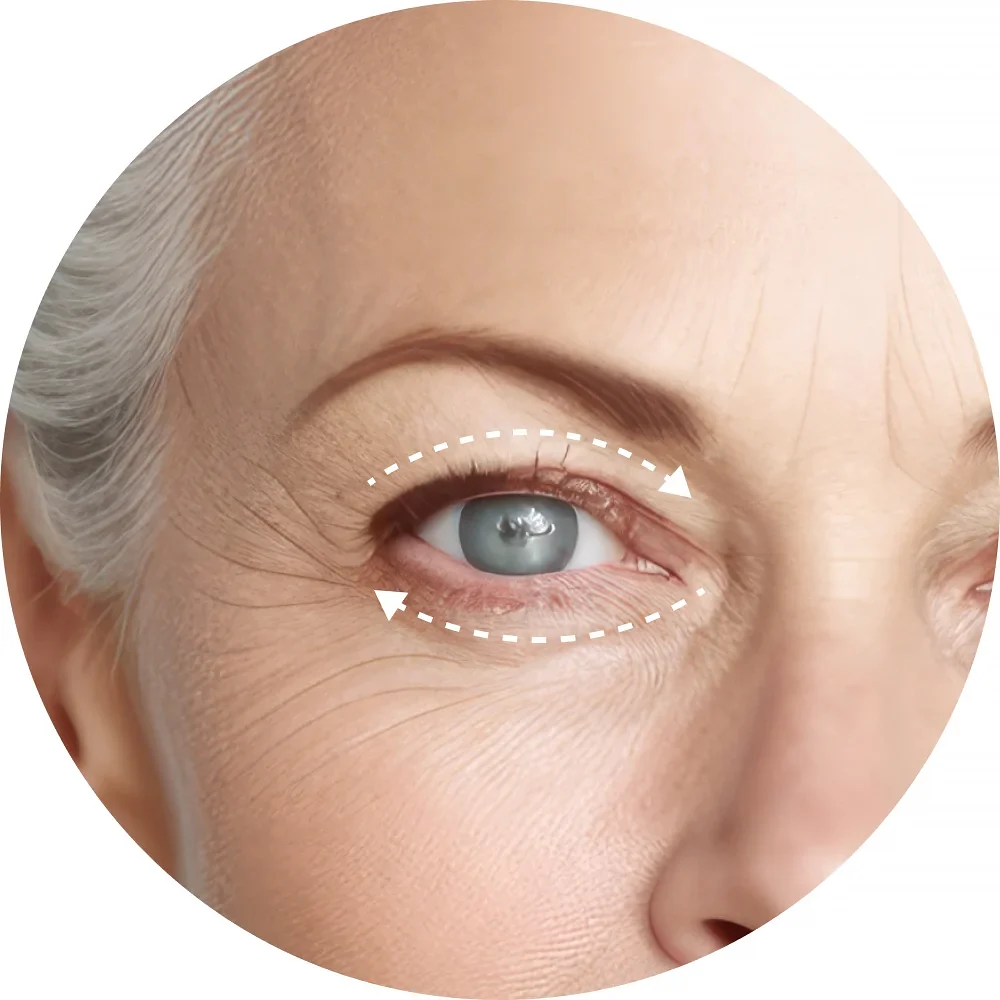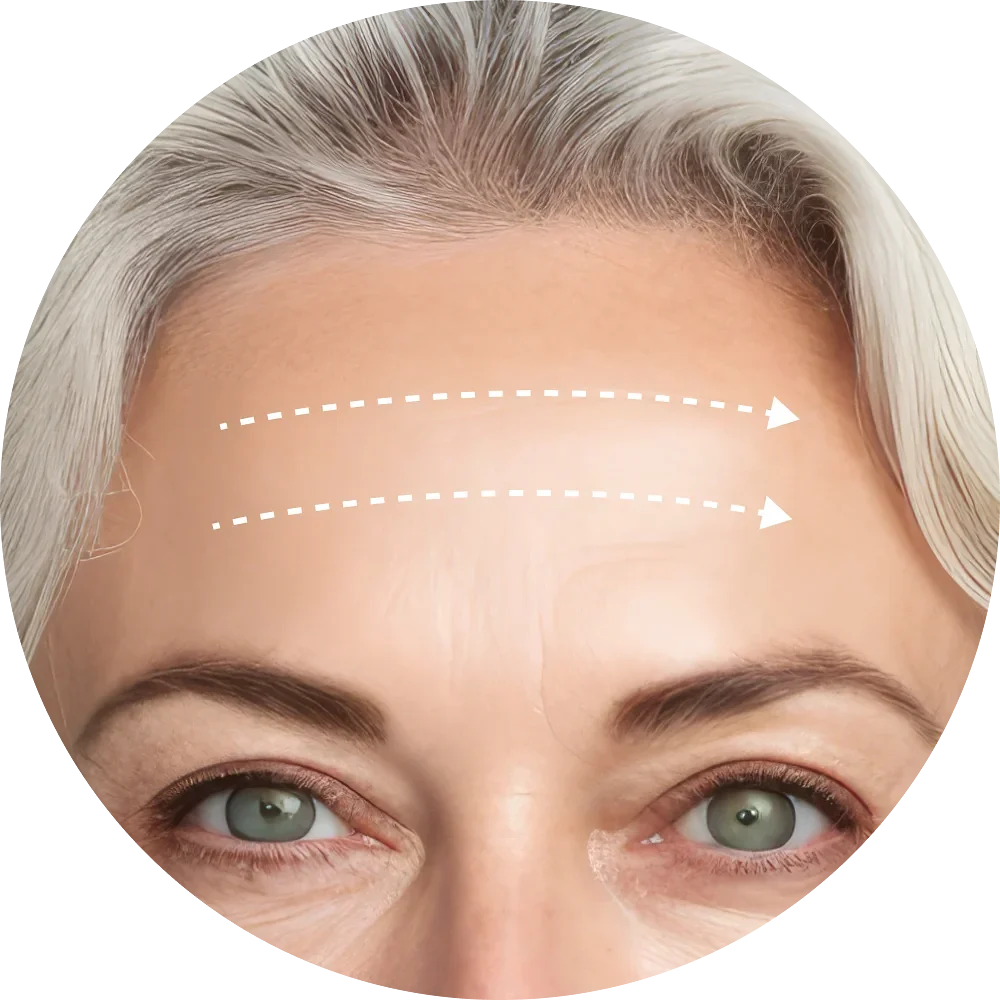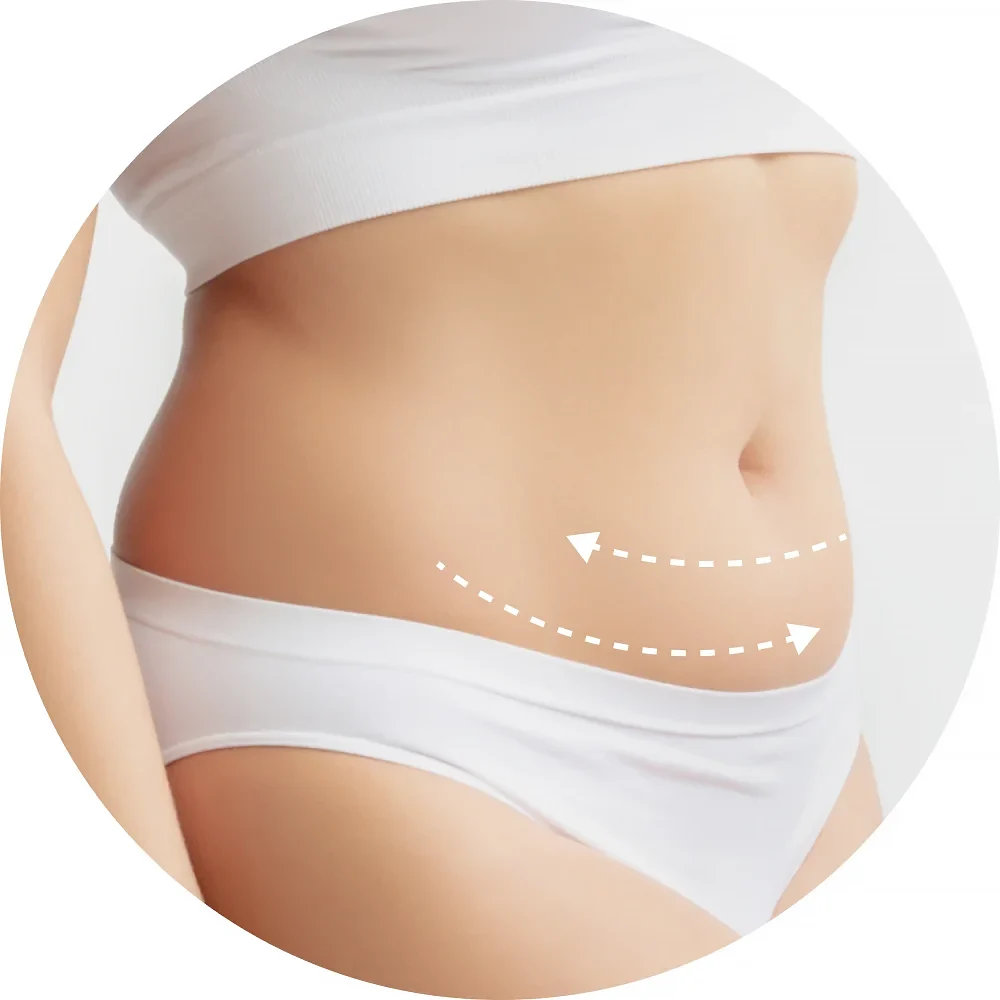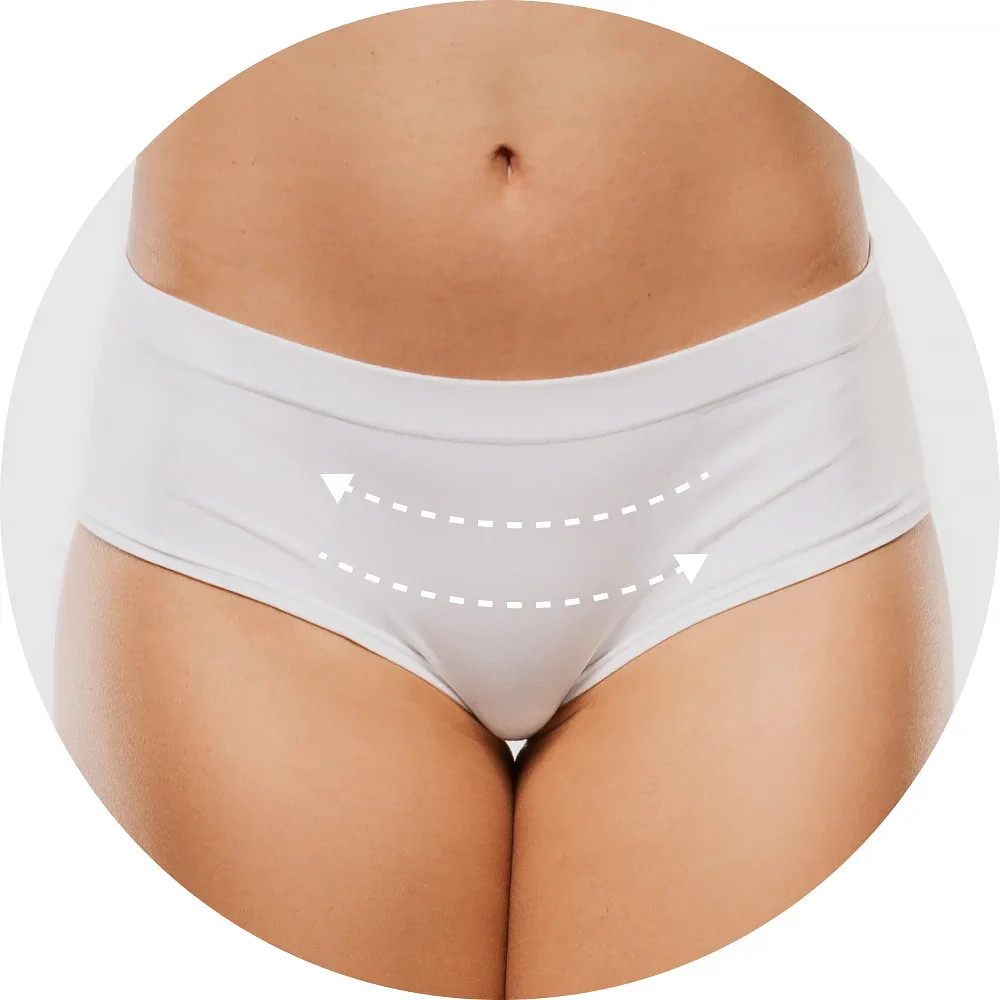Today, the Plasma Health device arsenal has 4 different operating modes:
Plasma shower
A method available to every specialist in the field of beauty and health.
Plasma shower is a painless and effective procedure suitable for a wide range of clients. Already after the first procedure lifting of the facial contour and reduced visibility of wrinkles are noticeable which makes the method especially popular among women.
Dermatologists value the plasma shower for its therapeutic effect It is used for various types of dermatitis helping to improve the condition of the skin without hormonal drugs and antibiotics.
The method shows high effectiveness in combination with injection procedures enhancing their effect and accelerating recovery processes.
Plasma shower helps to:
- Reduce inflammation and swelling
- Minimize discomfort
- Improve skin health and prolong its youth
It is a reliable tool for specialists striving for comprehensive skin care for clients and high results
Microplasma Thermolysis
The method of microplasma exposure to the skin allows controlled fractional rejuvenation of the surface layer of the skin and its underlying structures.
This method has earned the name peeling without peeling because it provides exfoliation without the use of chemical compositions. This technology is especially valued in the field of regenerative cosmetology and is suitable for clients who prefer physiological skin care methods.
What does the procedure provide?
✔ Densification of the dermal matrix through stimulation of collagen synthesis
✔ Smoothing of skin texture and reduction of enlarged pores
✔ Skin brightening and reduction of pigmentation visibility
Microplasma thermolysis is a technology that allows cosmetologists to achieve long lasting and natural results improving the quality and appearance of the clients skin.
Plasmaporation
The method of plasmaporation uses the parameters of the Plasma Health device for enhanced transdermal delivery of active substances into the deep layers of the skin.
This method is especially in demand among specialists working with the problem of hair loss as well as among clients who prefer needle free procedures.
Advantages of plasmaporation
Effective penetration of beneficial substances into the skin without damaging barrier functions.
An alternative to injections for clients who avoid invasive methods.
An additional tool for the cosmetologist expanding the range of services.
Plasmaporation is a technology that allows enhancing skin care results without causing discomfort to the client.
Sublimation
The method of sublimation is based on the intensive action of atmospheric plasma which allows controlled plasma dermabrasion of the skin without direct contact. This opens up broad possibilities in the field of non surgical rejuvenation and correction of aesthetic imperfections.
Features of the method:
- Active impact on the skin without mechanical action
- Sterilizing effect of atmospheric plasma which can be useful in procedures for problematic skin care
- High energy potential providing long term results
Application
The sublimation method in Plasma Health equipment has maximum energy capacity which makes it a professional tool for specialists who have undergone appropriate training.
